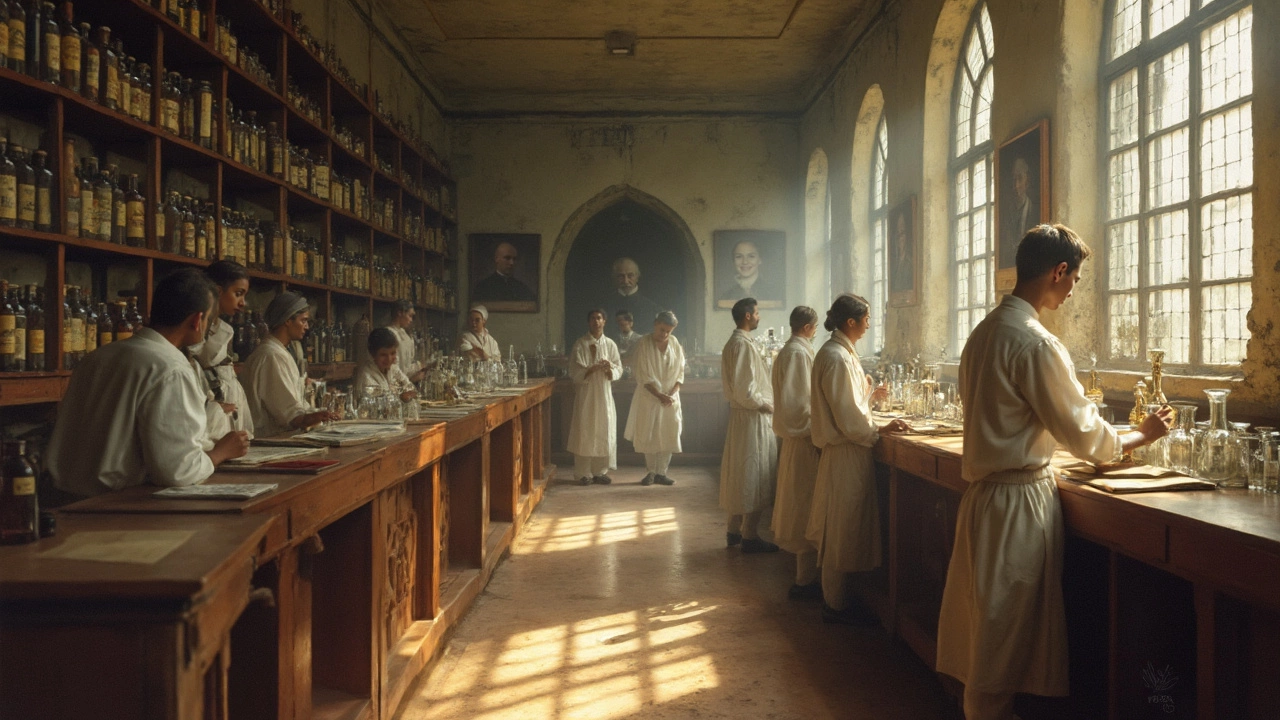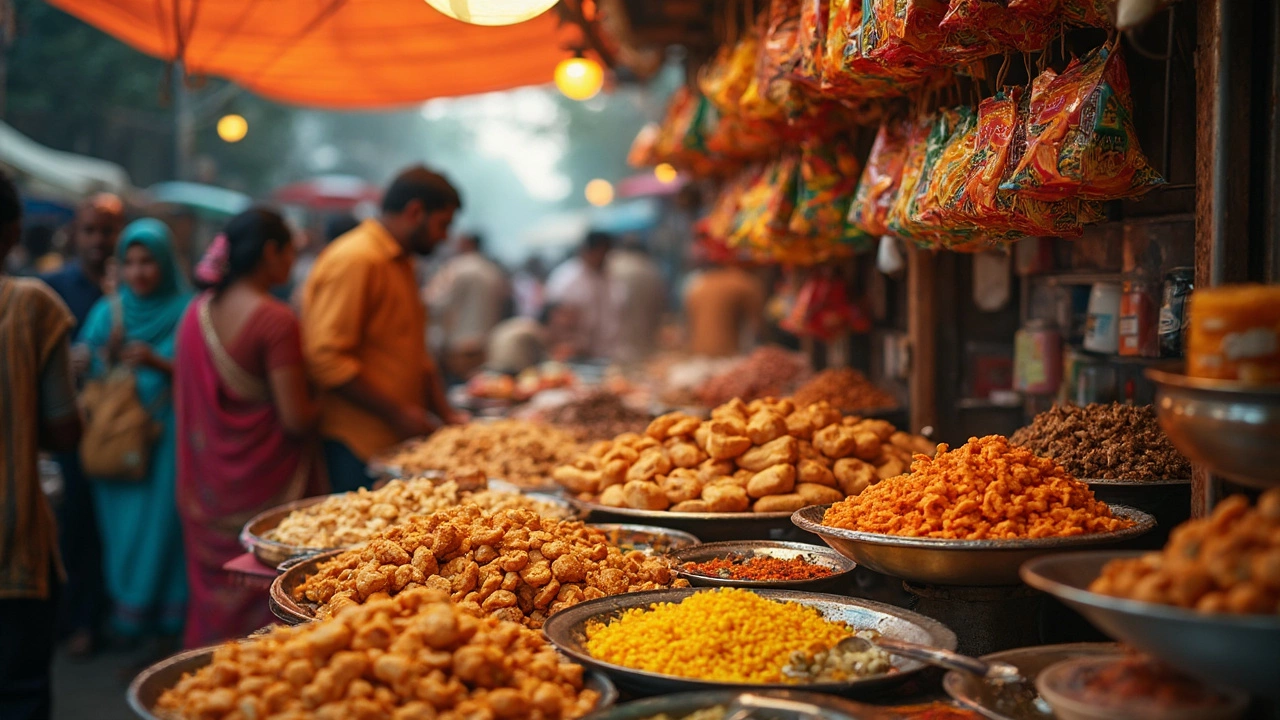Indian Pharma History: From Colonial Roots to Global Impact
When talking about Indian pharma history, the story of how India moved from importing medicines to becoming a major drug exporter. Also known as India's pharmaceutical evolution, it captures a mix of colonial influence, indigenous knowledge and modern industry. The journey intertwines pharmaceutical manufacturing, large‑scale production of generic and specialty drugs, drug discovery, research that turns chemistry into cures, regulatory bodies, agencies like CDSCO that set safety standards and the deep Ayurvedic medicine, a centuries‑old herbal tradition that still inspires modern formulas. Understanding these pieces helps you see why India now supplies a third of the world’s generic medicines.
Key Milestones Shaping the Industry
Indian pharma history encompasses three major phases. First, the colonial era saw the British importing opiates and quinine, which sparked the first local pharmacies. Second, the post‑independence push in the 1950s and 60s led to the establishment of state‑run labs and the launch of the Drugs (Control) Act, a regulatory step that required a clear framework for safety and quality. Third, the 1990s liberalisation opened the market to private players, spurring an explosion in pharmaceutical manufacturing capacity and making India the “pharmacy of the world.” Each phase demanded new skills: the early days needed import logistics, the 1970s needed R&D labs for drug discovery, and the modern era relies on robust regulatory compliance.
What ties these phases together is a set of recurring drivers. The need for affordable medicines pushes manufacturers to innovate, while regulatory bodies ensure that innovation doesn’t compromise safety. Meanwhile, the legacy of Ayurvedic medicine provides a rich repository of natural compounds that fuel contemporary drug discovery projects. This web of relationships means that when a new generic tablet rolls off a factory line, it often carries the imprint of centuries‑old botanical knowledge, modern chemistry, and a strict approval process.
Below you’ll find a curated collection of articles that dive deeper into each of these strands—whether you’re curious about the historic role of colonial import policies, want to understand how today’s regulatory framework shapes production, or wish to explore how Ayurvedic ingredients are being repurposed for modern drugs. The posts offer practical insights, real‑world examples and the latest data, giving you a full‑picture view of Indian pharma history and its future trajectory.
Oldest Pharma Company in India: How Bengal Chemicals Shaped the Industry
Curious about which company started it all in India's pharma scene? This article digs into the roots of the oldest pharmaceutical company in India, sharing surprising facts and tracing its influence. Discover how Bengal Chemicals kickstarted an entire industry, outlasting competitors and surviving turbulence through the decades. The story isn’t just about old medicines – it’s about resilience, big ideas, and how Indian pharma grew from one local lab to a global force. Even if you’re not a pharma buff, you’ll see why this company’s journey feels almost like folklore.
- manufacturing
- India
- food processing
- garden tips
- rice cultivation
- government schemes
- balcony garden
- urban gardening
- balcony gardening
- profitable business
- business ideas
- plastic manufacturing
- drip irrigation
- plant care
- steel manufacturing
- sustainable gardening
- startup ideas
- steel industry
- flower gardening
- textile manufacturers






